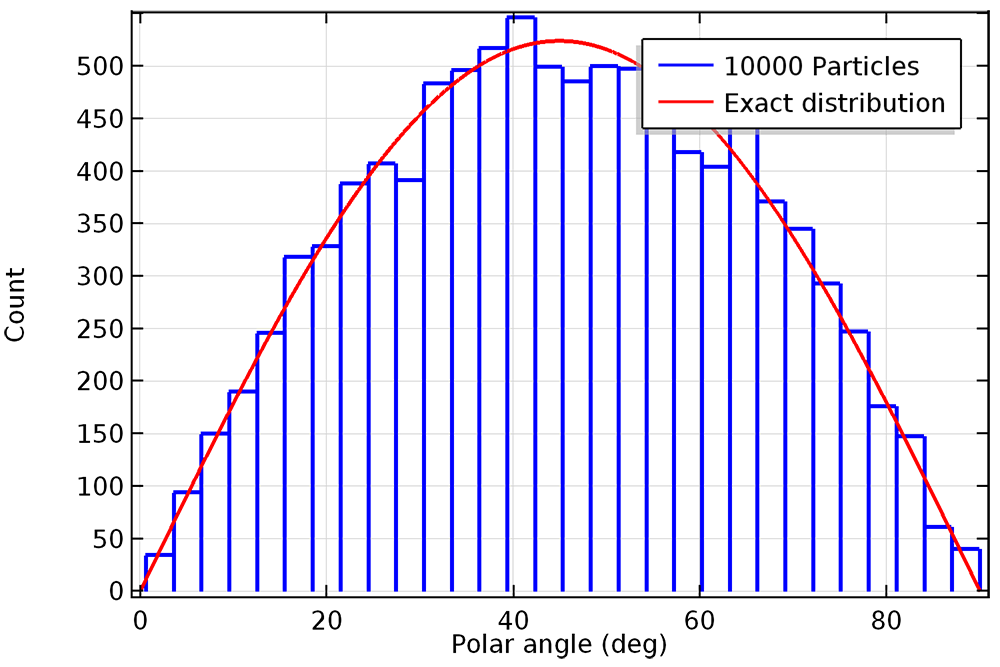

The sound pressure level is depicted on a larger domain away from the speaker the wall and floor are visualized using a uniform color.Īpplication Gallery links for examples using the Pressure Acoustic, Boundary Elements interface: Spherical Scatterer: BEM Benchmark Tonpilz Transducer Array for SONAR Systems Vibroacoustic Loudspeaker Simulation: Multiphysics with BEM-FEM Bessel Panel Impulse Response Plots for Ray Acoustics When solving acoustic models of small and medium size, the FEM-based Pressure Acoustics, Frequency Domain interface will typically be faster than solving the same problem with BEM.Īll dedicated postprocessing tools previously used for the FEM-based interfaces work out-of-the-box with the BEM-based interfaces, including the Directivity plot and Far Field plots for the spatial response assessment. BEM generates fully populated or dense system matrices that need dedicated numerical methods that are different from those of FEM. However, significantly fewer degrees of freedom are typically needed with BEM in order to get the same accuracy as with FEM. Note that BEM is computationally more demanding than FEM for the same number of degrees of freedom.

For example, the interior of a vibrating structure can be modeled with FEM, which allows for more general material properties, whereas the exterior domain is modeled with BEM, which is better suited for modeling large or infinite domains. With this hybrid approach, you can use the best suited method, FEM or BEM, where needed. This includes coupling to vibrating structures, via the Acoustic-Structure Boundary multiphysics coupling, and coupling to FEM acoustic domains, via the new Acoustic BEM-FEM Boundary multiphysics coupling. The image to the left shows the sound pressure level, while the image to the right shows the deformation of the array (there is constant phase shift applied for each row).Īdditionally, with COMSOL Multiphysics ® 5.3a, you can seamlessly couple the boundary elements interface with the physics interfaces that are based on the finite element method (FEM). In this model, a "sound-hard" sphere is placed roughly 30 wavelengths away from the source. Investigate how this change affects the overall flow field.Interaction between the tonpilz sonar array and a scattering object. Check to see if there is any difference in the flow field and streamlines.ĭ) Altering the sign of the central pressure point will change the central point from a sink to a source. The massive particles have inertia so it might be interesting to compare the two cases.Ĭ) Changing the sign on the velocity boundary conditions on the small circle lets you go from counterclockwise to clockwise rotation. The particle tracking function features massless as well as massive particles. The sink is defined in terms of a pressure while the circulation around the system is defined by defining a small circle around the point sink and defining x and y velocity components on the boundaries of that circle to yield a rotational flow.Ī) Run the Comsol module and compare the analytical results for the streamlines with what Comsol produces.ī) Can you define a capture radius for the drain? You can do this via the streamline function or particle tracking function.

The Comsol module simulates this system using an initially counterclockwise circulation.

Where u o was the velocity of the plane flow, K was the circulation around the tornado origin, and q was the strength of the sink at the center of the tornado. The solution to this problem was shown to be: The module, “Drain” mimics the irrotational flow solution combining a uniform flow with a tornado-like flow. Sink Drain Comsol drain simulation showing sprialing streamlines


 0 kommentar(er)
0 kommentar(er)
